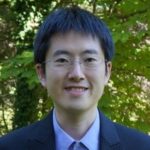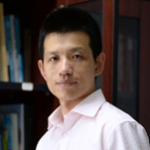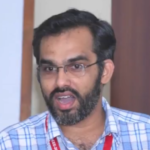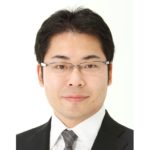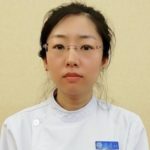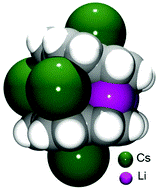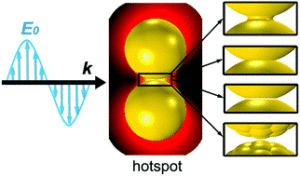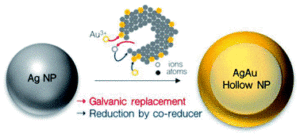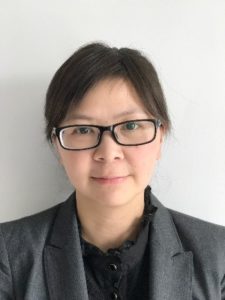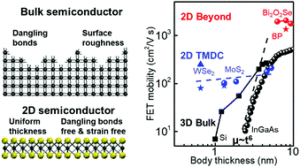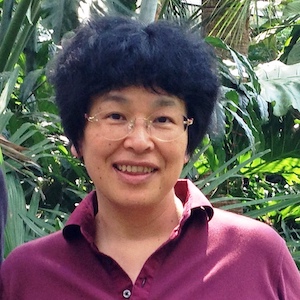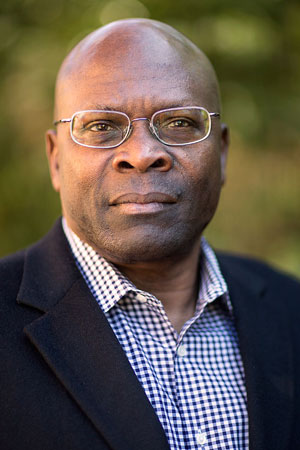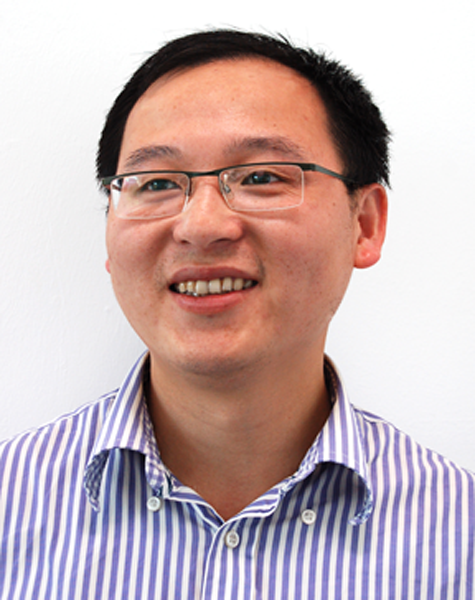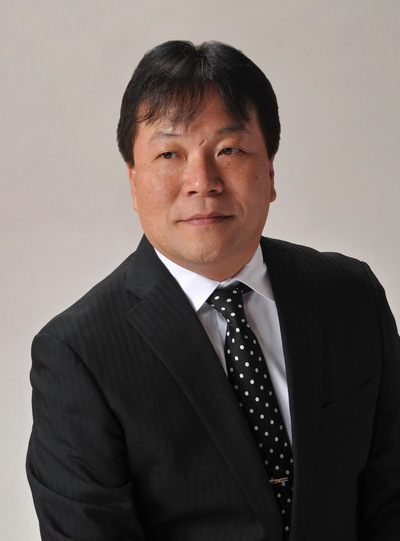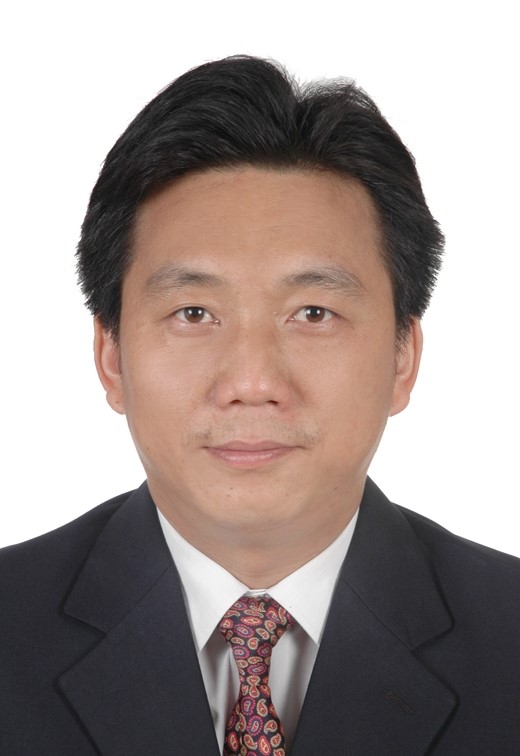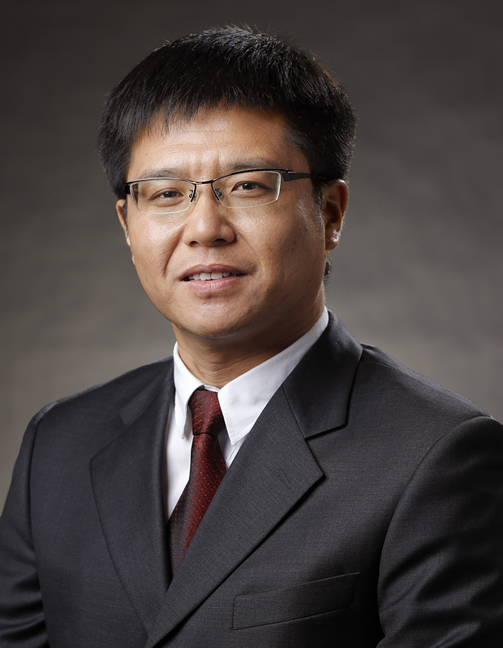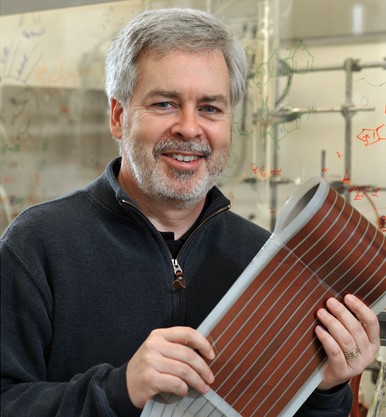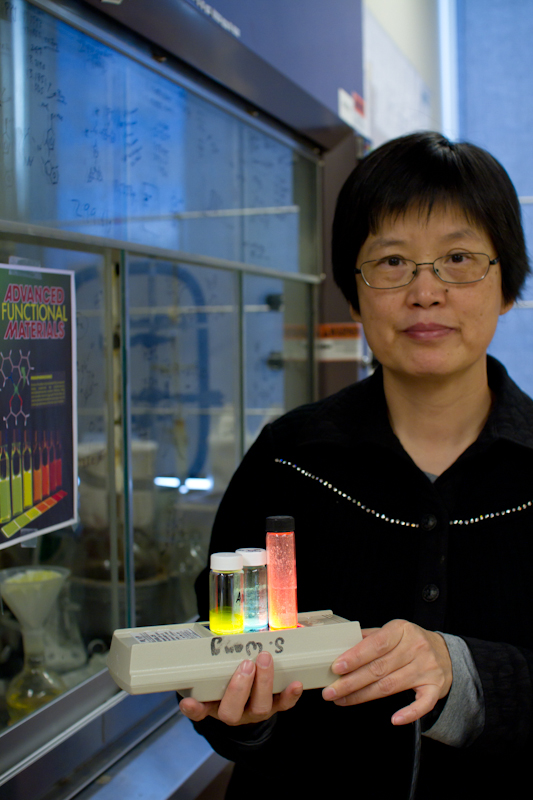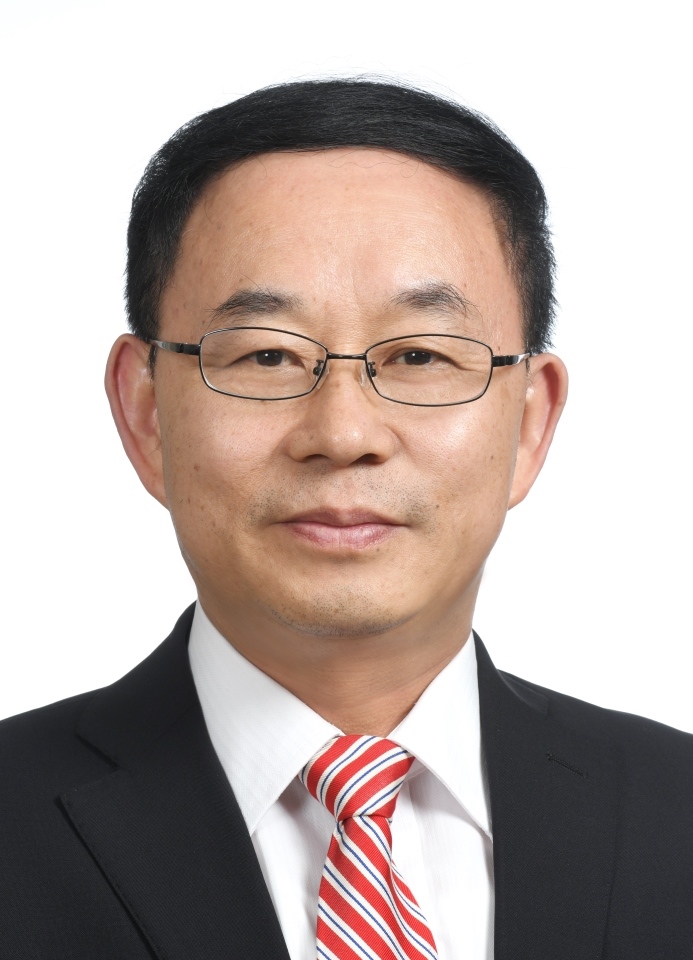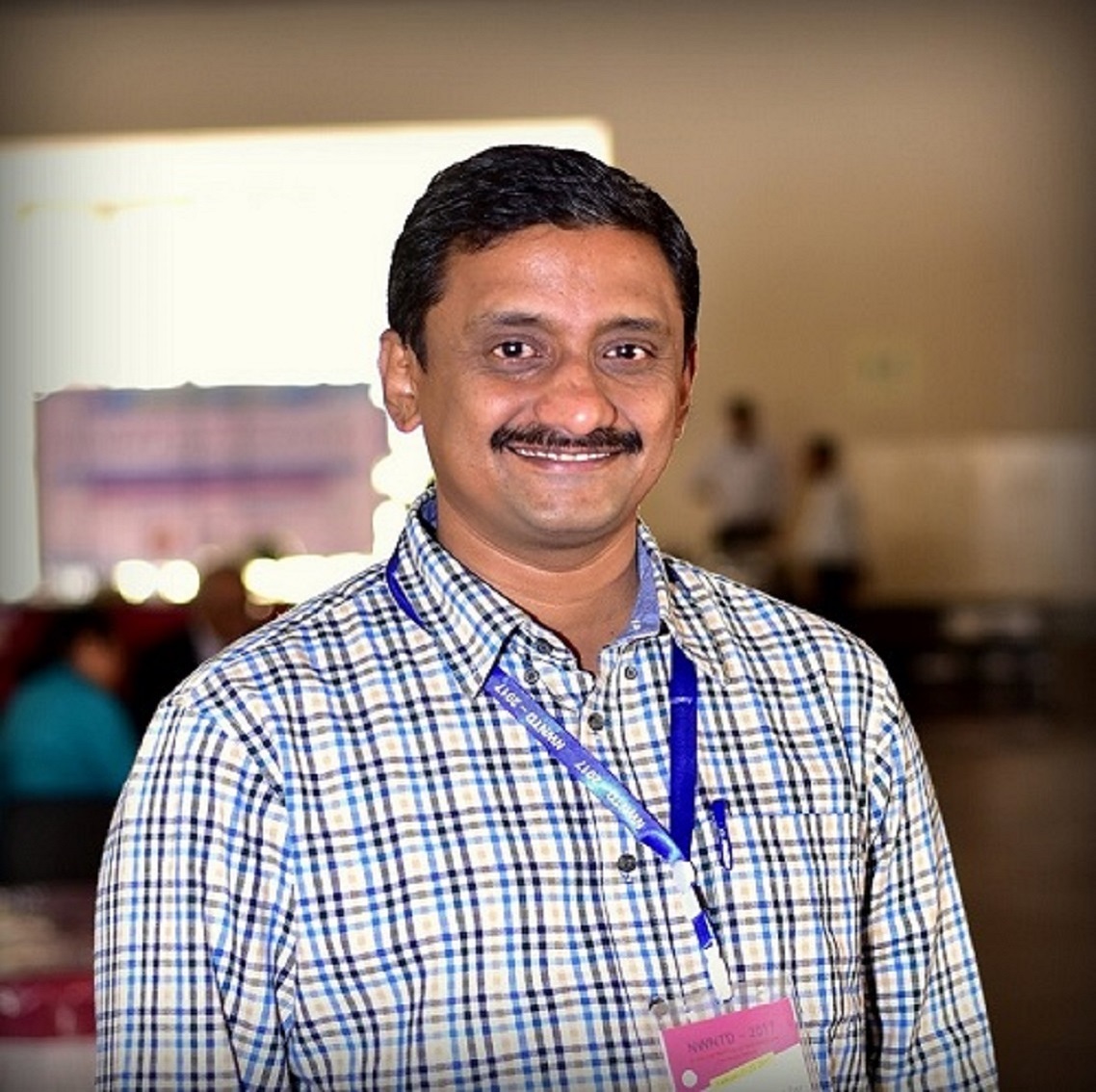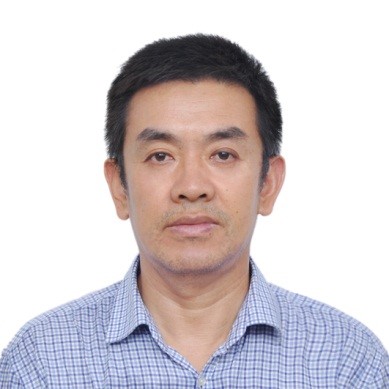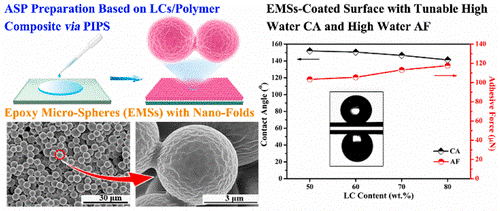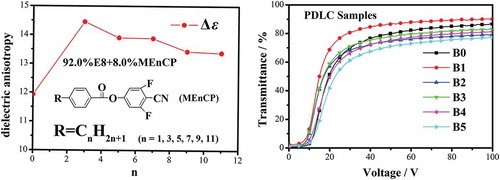We are proud to announce that 15 of Materials Chemistry Frontiers Board members are recognized in Clarivate Analytics list of Highly Cited Researchers for 2019, ranking them among the top 1% most cited for their subject field and publication year.
The board members are:
Ben Zhong Tang, Hong Kong University of Science and Technology, China
Feihe Huang, Zhejiang University, China
Yu Huang, University of California, Los Angeles, USA
Dan Wang, Institute of Process Engineering, CAS, China
Guillermo C Bazan, UC Santa Barbara, USA
Xinliang Feng, Technische Universität Dresden, Germany
Jiaxing Huang, Northwestern University
Bin Liu, National University of Singapore, Singapore
Krzysztof Matyjaszewski, Carnegie Mellon University, USA
Thuc Quyen Nguyen, University of California,Santa Barbara, USA
Juyoung Yoon, Ewha Womans University, South Korea
Hua Zhang, City University of Hong Kong, China
Qichun Zhang, Nanyang Technological University, Singapore
Tierui Zhang, Technical Institute of Physics and Chemistry, China
Yuliang Zhao, National Center for Nanoscience and Technology, China
Below are a few of our picks from their publications in Materials Chemistry Frontiers journals. Access is free to these highlighted papers!
Tunable circularly polarized luminescence from molecular assemblies of chiral AIEgens
Fengyan Song, Yanhua Cheng*, Qiuming Liu, Zijie Qiu, Jacky W. Y. Lam, Liangbin Lin, Fafu Yang* and Ben Zhong Tang*
Mater. Chem. Front., 2019,3, 1768-1778
http://dx.doi.org/10.1039/C9QM00332K
Sparks fly when AIE meets with polymers
Yuanyuan Li, Shunjie Liu, Ting Han, Haoke Zhang, Clarence Chuah, Ryan T. K. Kwok, Jacky W. Y. Lam* and Ben Zhong Tang*
Mater. Chem. Front., 2019,3, 2207-2220
http://dx.doi.org/10.1039/C9QM00404A
Hollow multi-shell structured SnO2 with enhanced performance for ultraviolet photodetectors
Meng Li, Dan Mao, Jiawei Wan, Fakun Wang, Tianyou Zhai and Dan Wang*
Inorg. Chem. Front., 2019,6, 1968-1972
http://dx.doi.org/10.1039/C9QI00490D
Formation of multi-shelled nickel-based sulfide hollow spheres for rechargeable alkaline batteries
Dongwei Li, Xiaoxian Zhao, Ranbo Yu*, Bao Wang*, Hao Wangc and Dan Wang*
Inorg. Chem. Front., 2018,5, 535-540
http://dx.doi.org/10.1039/C7QI00760D
Recent progress in macrocyclic amphiphiles and macrocyclic host-based supra-amphiphiles
Huangtianzhi Zhu, Liqing Shangguan, Bingbing Shi, Guocan Yu* and Feihe Huang*
Mater. Chem. Front., 2018,2, 2152-2174
http://dx.doi.org/10.1039/C8QM00314A
Pillararene-based host–guest recognition facilitated magnetic separation and enrichment of cell membrane proteins
Huangtianzhi Zhu, Jiaqi Liu, Bingbing Shi, Huanhuan Wang, Zhengwei Mao*, Tizhong Shan* and Feihe Huang*
Mater. Chem. Front., 2018,2, 1475-1480
http://dx.doi.org/10.1039/C8QM00141C
Direct visualization of the ouzo zone through aggregation-induced dye emission for the synthesis of highly monodispersed polymeric nanoparticles
Eshu Middha, Purnima Naresh Manghnani, Denise Zi Ling Ng, Huan Chen, Saif A. Khan and Bin Liu*
Mater. Chem. Front., 2019,3, 1375-1384
http://dx.doi.org/10.1039/C9QM00020H
Near-infrared light-induced shape memory, self-healable and anti-bacterial elastomers prepared by incorporation of a diketopyrrolopyrrole-based conjugated polymer
Yaling Zhang, Shiwei Zhou, Kok Chan Chong, Shaowei Wang and Bin Liu*
Mater. Chem. Front., 2019,3, 836-841
http://dx.doi.org/10.1039/C9QM00104B
Recent progress in ligand-centered homogeneous electrocatalysts for hydrogen evolution reaction
Geng-Geng Luo*, Hai-Lin Zhang, Yun-Wen Tao, Qiao-Yu Wu, Dan Tian and Qichun Zhang*
Inorg. Chem. Front., 2019,6, 343-354
http://dx.doi.org/10.1039/C8QI01220B
New synthetic strategies to prepare metal–organic frameworks
Peng Li, Fang-Fang Cheng, Wei-Wei Xiong* and Qichun Zhang*
Inorg. Chem. Front., 2018,5, 2693-2708
http://dx.doi.org/10.1039/C8QI00543E
Polycyclic heteroaromatic hydrocarbons containing a benzoisoindole core
Marcus Richter, Karl Sebastian Schellhammer, Peter Machata, Gianaurelio Cuniberti, Alexey Popov, Frank Ortmann, Reinhard Berger*, Klaus Müllend and Xinliang Feng*
Org. Chem. Front., 2017,4, 847-852
http://dx.doi.org/10.1039/C7QO00180K





















